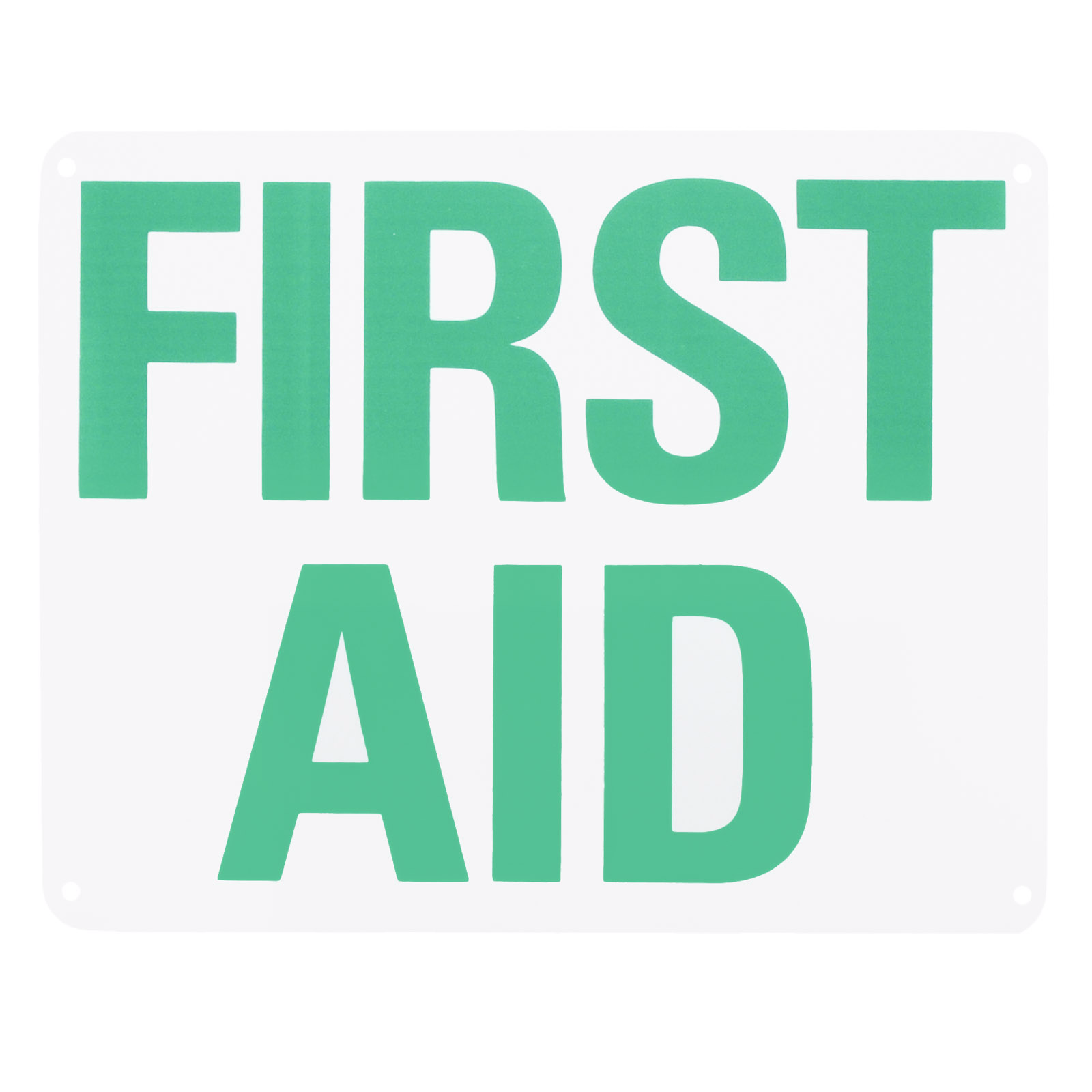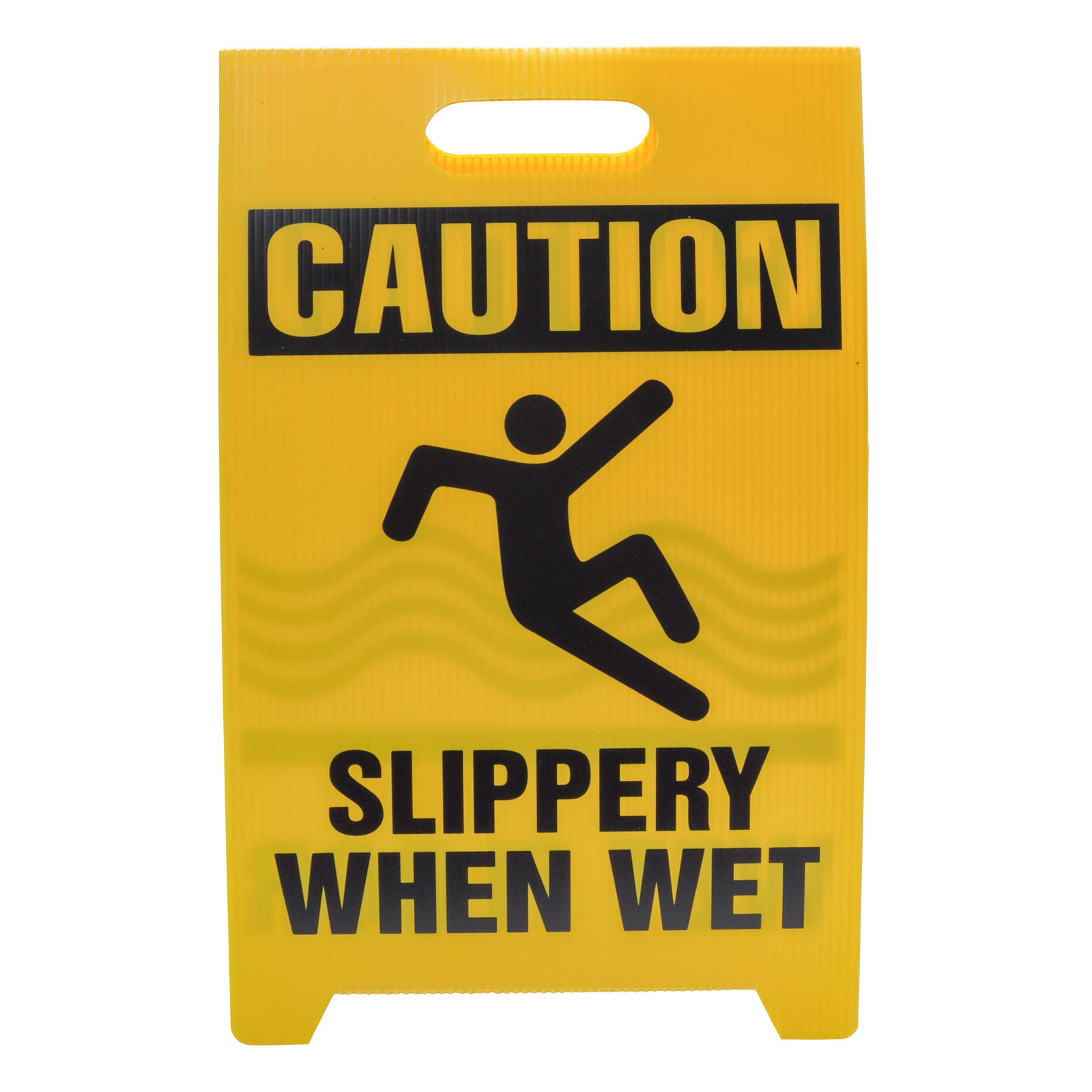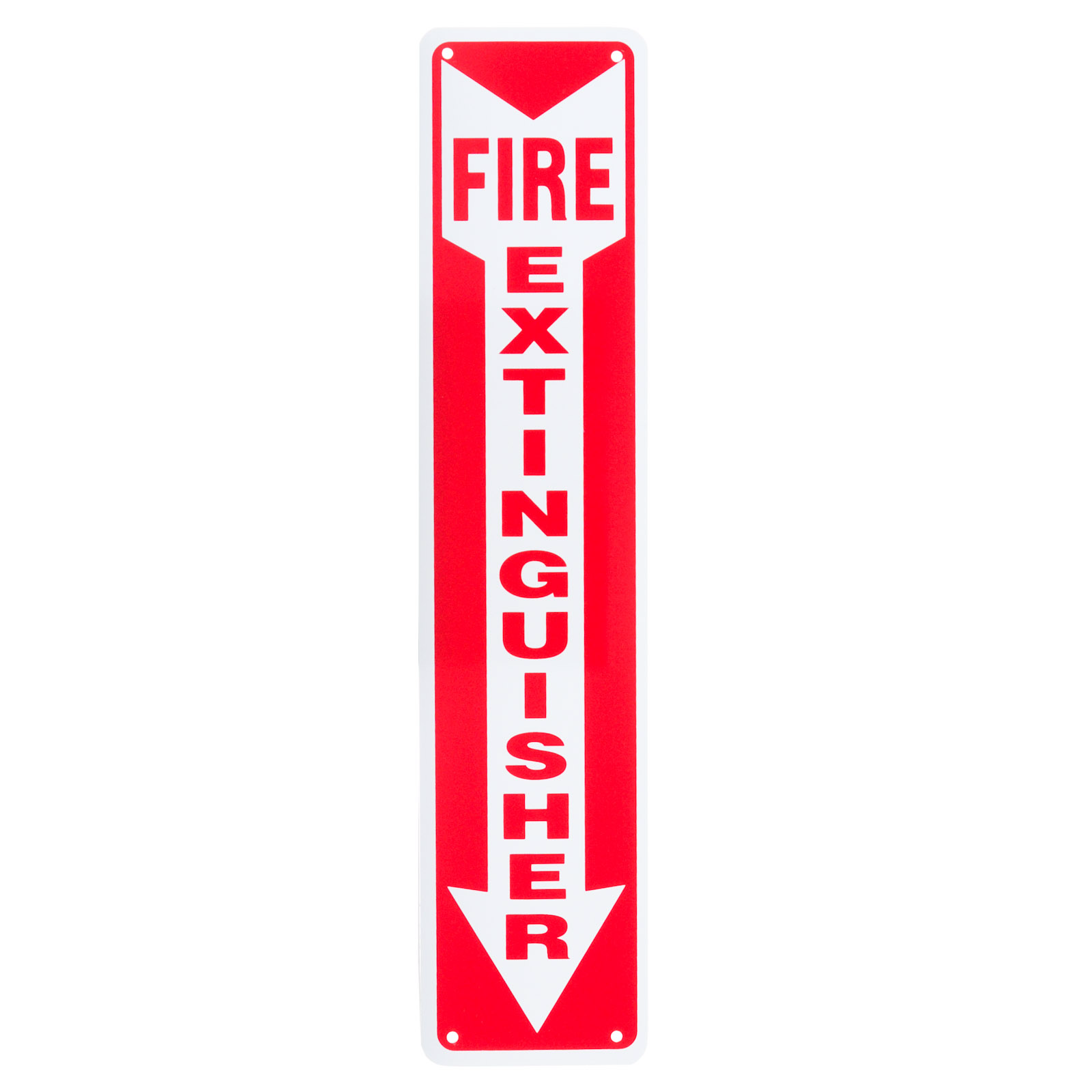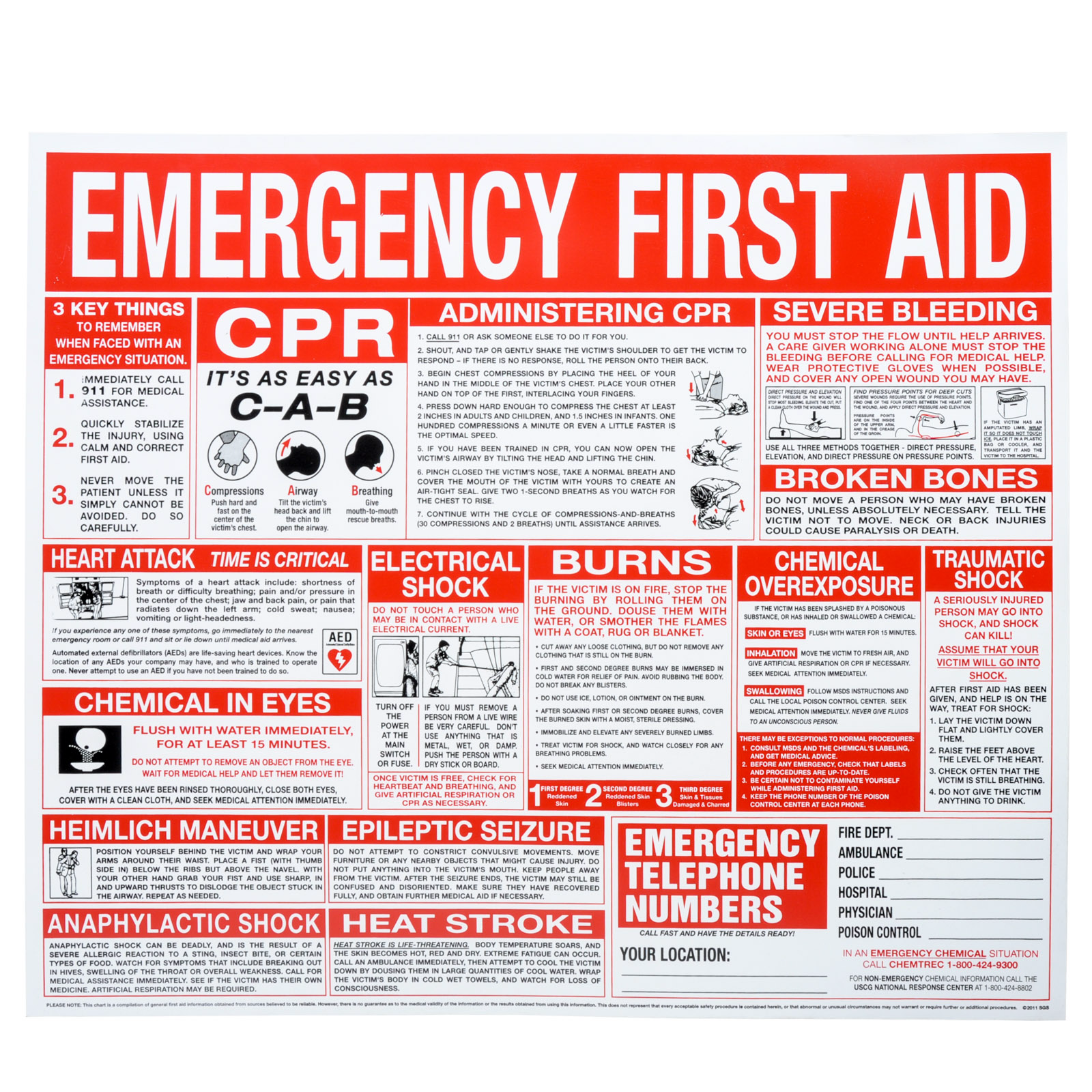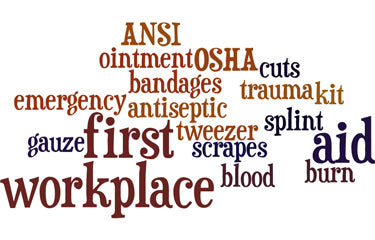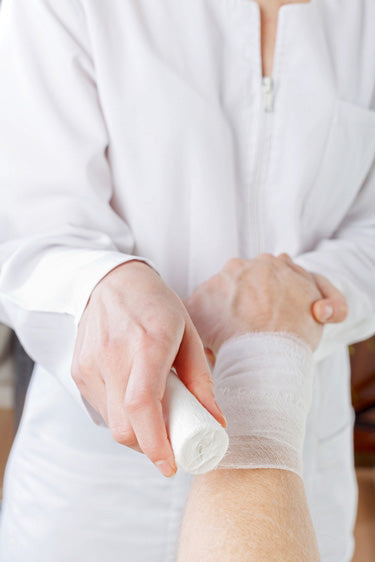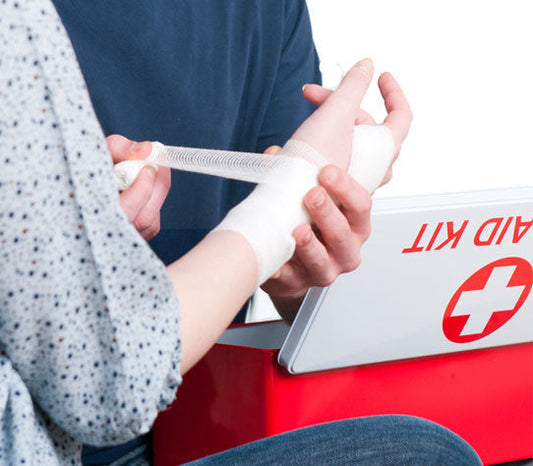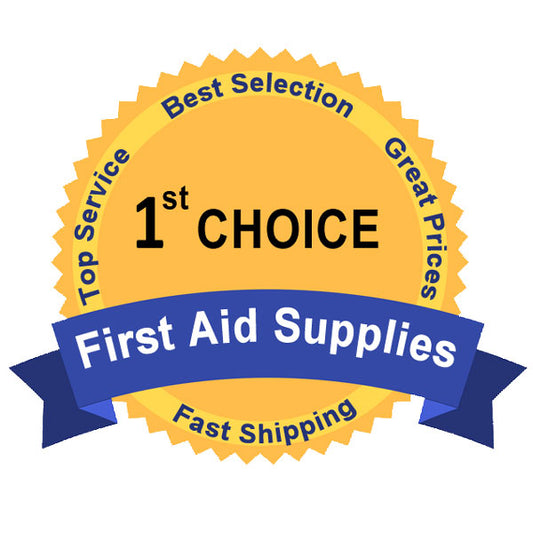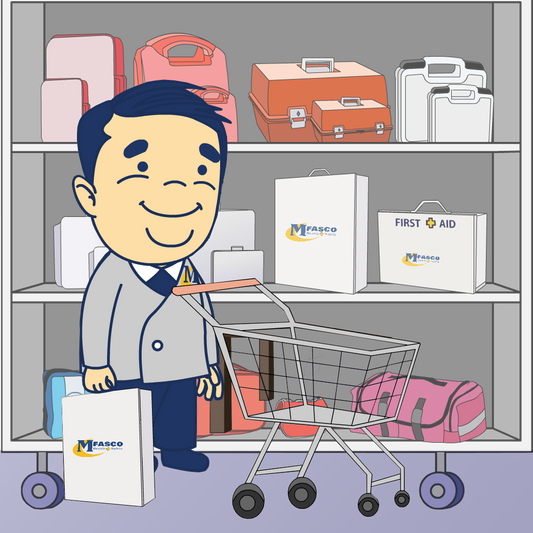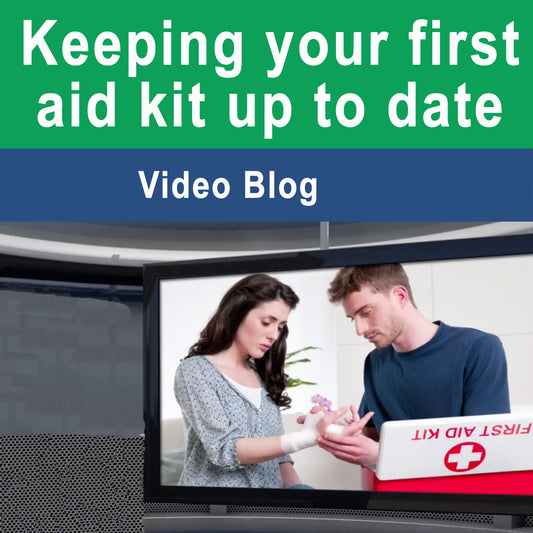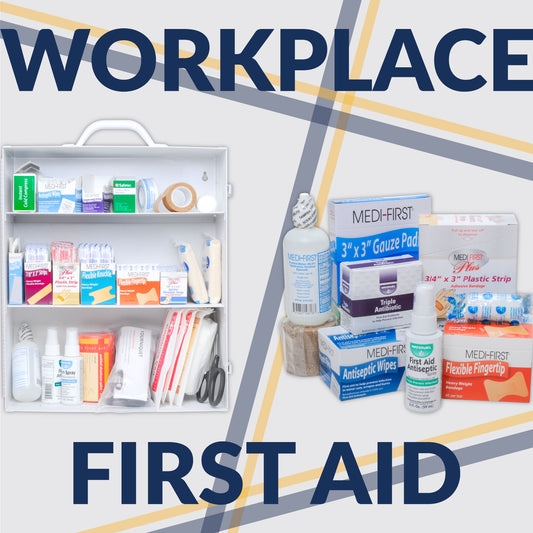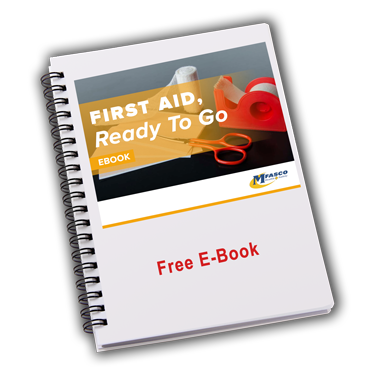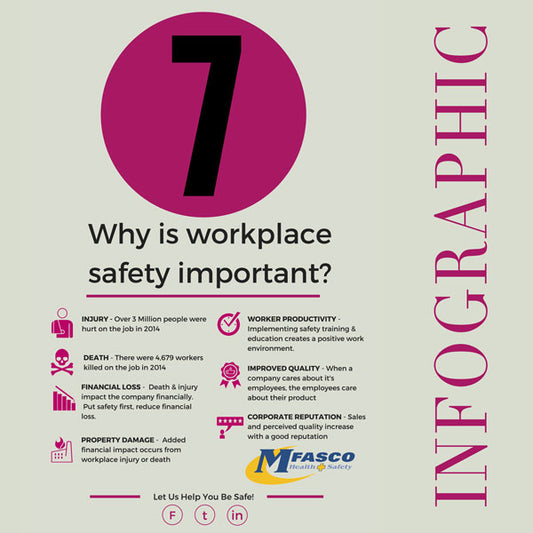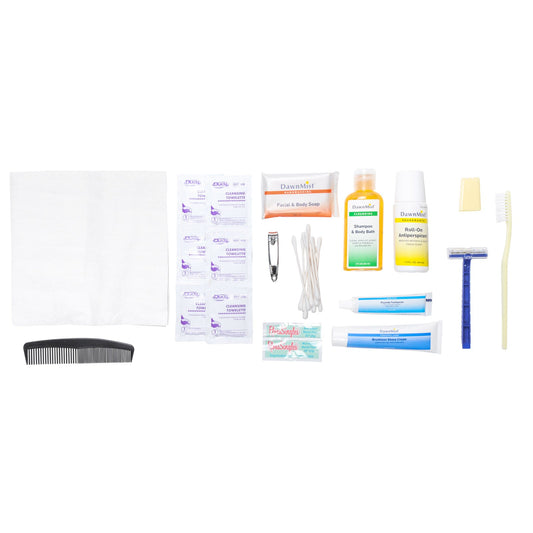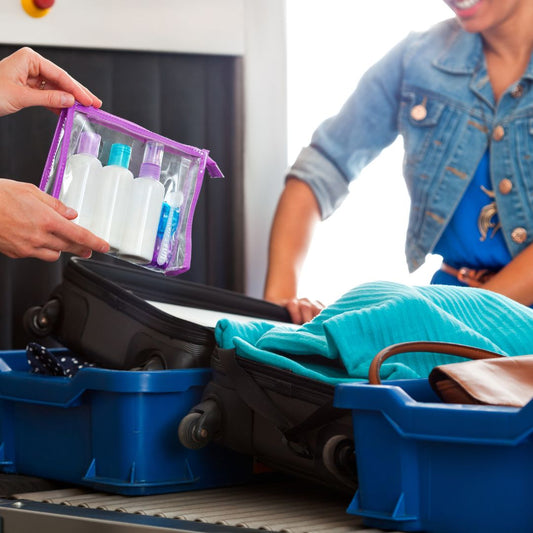4 Helpful Hints Where You Should Place Safety Signs

Workplace safety begins with education and awareness for everyone involved. We watch for hazards or potentially dangerous situations but sometimes we become comfortable with our work routine. This is where signs, labels, and tags play an important role. They act as visual reminders to warn against potential hazards or to caution against unsafe work practices. OSHA has created guidelines for safety signage with its 29 CFR 1910.145 rule. These rules cover all of the specific requirements that will help you comply with the law and protect your workers. Even after determining what signs you need, knowing where to place them can sometimes be confusing. Let's take a brief look at 4 helpful hints that will help you place your signs, labels, and tags.
1. Know when to use safety signs, labels, and tags.
This may sound silly but unless you read the standard, you won't know when you are required by law to post a sign. So, read the standard. You can get the OSHA 29 CFR 1910.145 standard at the OSHA website for free.
2. Determine which sign to post near your hazard or caution zone
There are 3 main types of safety signs. Depending on which type will determine where they should be placed.
- Instruction Signs - should provide instruction or safety suggestions to employees. They should be placed wherever they can help a worker perform their duties safely.
- Caution signs - are designed to warn employees of potential hazards or used as reminders against unsafe work practices.
- Danger Signs - indicate an immediate danger. They require employees to take special precautions to protect themselves against this potential hazard.
3. Make sure the signs, labels, and tags are visible
OSHA requires that single-word signs like "Caution" should be readable from at least five feet away. Tucking a sign in the corner away from the hazard doesn't help anyone. The intended purpose of signs according to OSHA says they are to... "be used as a means to prevent accidental injury or illness to employees who are exposed to hazardous or potentially hazardous conditions, equipment or operations which are out of the ordinary, unexpected or not readily apparent. Tags shall be used until the identified hazard is eliminated or the hazardous operation is completed." So, the purpose of signs, labels, and tags is to prevent accidents, warn, or make aware of hazards, or unsafe work practices. Be sure to post signs according to the requirements of their type as mentioned in point #2 above. This will help employees comply and protect themselves.
4. Ensure the sign, label or tag will not cause a hazard
As obvious as this may sound, it is a very important point to mention. Placing a sign where it can interfere with other warnings or even cause a hazard itself must be avoided at all costs. Other hazards signage can cause are cuts, scrapes, splinters, blind corners, and more because of the sharp corners or edges of the signage. Traffic areas can also be negatively affected when a sign blocks the view of an intersection where a forklift driver or pedestrian may be.
As mentioned above, reading the OSHA standard is important. We also wrote an article "What kind of safety signs do I need for my business?". Take a look at that article to get you pointed in the right direction.
MFASCO Health & Safety Signs for the Workplace to Protect Your Team
Safety signs do more than help businesses pass inspections. A single poster can stop injuries and lawsuits, but seemingly simple concepts like placement, size, and design play a huge role in this prevention. Below are options for signs and to-the-point articles, so you can get the most out of your posters in just a few minutes.
OSHA and ANSI Compliant Signs & Accessories
- Workplace Safety Signs & Posters
- Industrial First Aid KitsIndustrial First Aid Kits
- Biohazard Protection
Additional Resources for Signs and Compliance
Contributing Expert
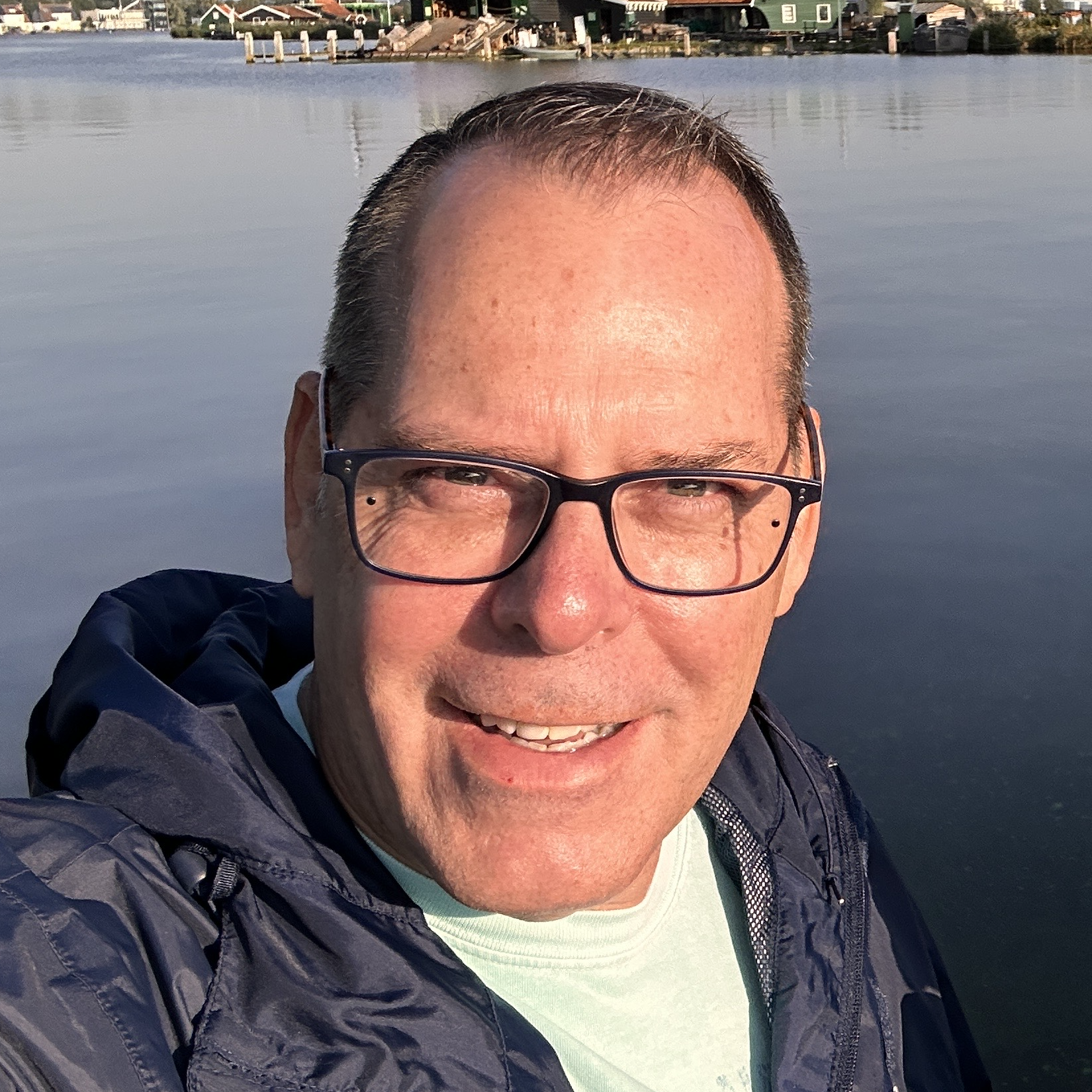
Mike Brinker
Mike Brinker has been working in the first aid industry for over 35 years. He has worked with thousands of businesses,groups, and organizations to provide a healthy and safe work environment. Mike helped create “Make-A-Kit”, the internet's only online first aid kit creation tool. He has also authored many helpful first-aid and safety-related resource articles found at the MFASCO Learning Center.

